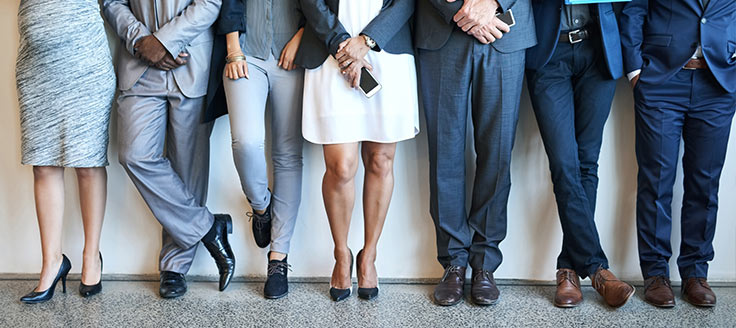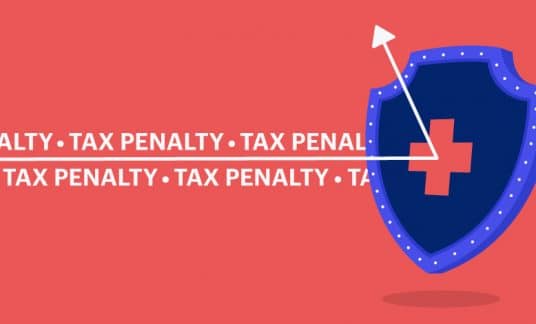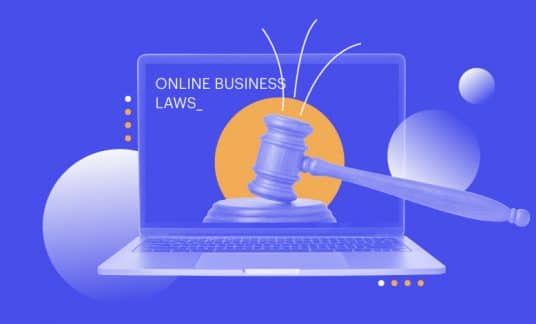Dressing for work used to be a simple matter, typically involving some variation of a suit or similar professional attire. Not anymore. These days, business casual is acceptable in many industries and positions.
But the term is ambiguously defined. Business casual can mean different things for different companies. When should you wear a suit or don a jacket and jeans? To clear up the confusion, let’s go through some common-sense business casual attire guidelines for the workplace.
So, What Is Considered Business Casual?
Business casual usually means a dress code that is less strict than conventional business attire expectations. However, the clothing should be neat and professional enough for working in an office.
For example, instead of wearing a suit and tie as required in many professional white-collar environments, business casual allows for more comfort and flexibility, such as slacks and a dress shirt without a jacket and tie. In some businesses, polo shirts are acceptable, while at other companies, only long-sleeve shirts are allowed. Business casual attire doesn’t have a consistent set of rules.
Different Industries, Different Dress Rules
Business casual varies with the type of industry. Creative firms, such as advertising and videogame companies, are typically the most casual. Financial and legal businesses tend to have stricter dress codes that are closer to professional attire.
Jeans, for example, are acceptable in some businesses, but strictly forbidden in others. A universal rule for jeans doesn’t exist. How is a new employee supposed to know what is acceptable?
This is the reason why businesses should have clear, written guidelines for casual dress codes.

What Is Business Casual for Women?
In general, women have more choices than men. Consider the following:
Tops and Blouses
Button-front tops, polos and turtlenecks are all practical choices. Wear a blazer or a jacket with sleeveless tops. Avoid plunging necklines. Obviously, no bare midriffs.
Skirts and Dresses
Knee-length skirts or mid-length professional dresses are the safest choices. Stay away from dresses and skirts that are too dressy or too tight. Read the room: Look at what your coworkers are wearing to get guidance.
Pants
Chino, suit pants or tailored pants are acceptable attire. In some offices, jeans, printed pants and bright colors may even be allowed. Just make sure everything looks professional and high-quality.
Blazers
Blazers are a staple for all dress codes. Keeping a closet with blue, black and grey jackets or blazers will provide a nearly endless variety of combinations with pants and tops.
Sweaters
Women’s sweaters always should present a professional and polished look. Cardigans combined with simple tops give a relaxed yet still professional appearance.
Shoes
Shoes should be closed-toe and can be heeled or flat, such as pumps, oxfords, loafers or heeled boots. While closed-toed shoes are preferred, some business casual codes do allow for open-toed footwear. Depending on the weather, stockings or tights are optional.

What Is Business Casual for Men?
Business casual for men often hinges around the tie-or-no-tie rule and an appearance that is subdued and professional but still relaxed.
Guidelines to consider:
Shirts
A safe bet is a collared shirt with long sleeves or a polo. Shirts in light blue or pastel colors with button-down collars are good, conservative choices. Short-sleeved polos with collars may be acceptable for offices in warm climates. No tie is required for business casual.
A plain white oxford shirt with either a button-down or open collar is a good choice for casual wear that can be quickly upgraded by adding a blazer and tie for a last-minute meeting.
Pants
Although jeans may be allowed in more progressive offices, dress slacks, chinos and khakis are more typical and should comply with most business dress codes. Khakis are extremely versatile and can be combined with most shirts and polos. While khakis are basically tan, they do come in a range of tans and shades, allowing for more subtle combinations of shirts and pants.
Avoid bright-colored and patterned pants. Neon yellow won’t work in most workplaces. Stay with plain and neutral or dark tones in tan, grey and black. While wearing a neutral belt is the safe choice, a surcingle belt that is striped or embroidered with a repeating motif may fit in very well in certain conservative businesses.
If your office allows jeans, dark-washed, tailored styles are better choices. Avoid jeans with embroidery, prints, holes and rips.
Jackets and Blazers
While not always required, a blazer or jacket adds a more professional touch. Sometimes, a button-down shirt by itself is too casual and you’ll need a blazer to step up your appearance. Stay away from plaids and bright colors. Stick to solid colors like blue, black or grey.
Sweaters
Most offices allow sweaters or sweater vests. Choose fine-knit sweaters that go over button-down shirts and leave the collar visible. Heavier, chunky sweaters may be acceptable during the winter months.
Cardigans and turtlenecks are good choices for colder days.
Shoes
Dress shoes and loafers are acceptable footwear. Avoid gaudy, colored shoes and stick with those that need polishing, such as burgundies and oxbloods. Generally, no sneakers and certainly no sandals.
Depending on the office dress code, other shoe choices could include loafers with monk straps or chukka and Chelsea style boots.
Watches
Dive, chronograph, military and digital watches are nice accessories for the casual business look.

What Not to Wear
Business casual dress codes typically start with a list of “don’ts” rather than guidelines of what you should be wearing.
Ripped jeans, grubby sneakers and your favorite old T-shirt likely isn’t appropriate.
The following is typically unacceptable in a business casual environment:
- Distress jeans or other clothing with holes, even if they are expensive
- Flip-flop sandals
- Sneakers
- Oversized clothing that is too loose
- Clothing that is too short or too tight
- Wrinkled or stained clothing
- Strapless shirts and tank tops
- Low-cut or backless tops
- Spandex
- Sweatpants
- Clothing with bright or large logos
- Any clothing with bare midriffs
- Flashy patterns in bright colors, such as neon hues
- Colors that are mismatched or clashing
- Shorts skirts or shorts
- Gaudy or chunky jewelry
Common sense is key: If you’re not sure about a particular item, don’t wear it.
Business Casual: Some Tips
When starting a new job, the smart move is to dress conservatively at first, rather than showing up in casual attire and risk being underdressed. If you have the chance, ask a colleague or check with the human resource department for guidelines on what casual attire means for the company.
Job position and experience matter. Junior staff should dress more formally than seasoned, experienced executives. Otherwise, they might come off as a nonconformist and not fit in with the corporate culture. Upper management can dress however they want, but that privilege doesn’t extend to other employees.
First Impression
For job interviews, go for a more formal choice of business casual if you know the company has a relaxed attire code. It’s always safer to overdress for a job interview, even if it means you’re dressed better than the interviewer.
You want to make a good first impression that shows you’re serious about the job and will fit into the business culture.
Look out for casual Fridays. A company’s casual dress code might be even more relaxed on Fridays. Nevertheless, a dress code still exists with a slightly different set of rules for the end of the week.
Accumulate a business casual wardrobe by learning the company guidelines and planning ahead with those rules in mind. Assemble a versatile collection of shirts, tops, pants, skirts and shoes that allow numerous outfit combinations without breaking the bank.
Developing a Clear Dress Code Is Key
Because of the wide interpretations of what business casual means, companies should create an official dress code with specific details wherever possible. The guidelines can be developed and improved over time with more specifics as questions come up.
“Business casual” doesn’t have a singular meaning. It varies from company to company and industry to industry. The dress code of a business helps defines the corporate culture and working environment.
The goal is to be comfortable and flexible while still presenting a good, consistent public image.










